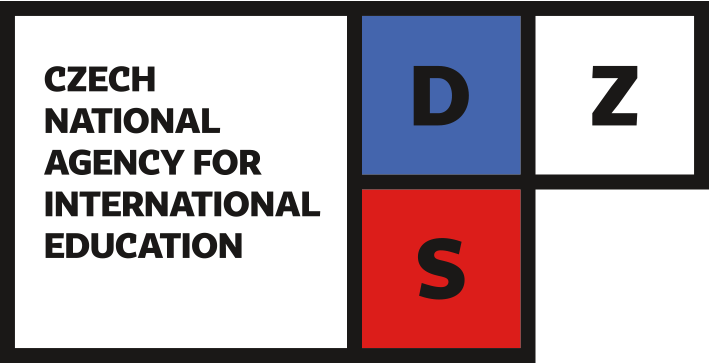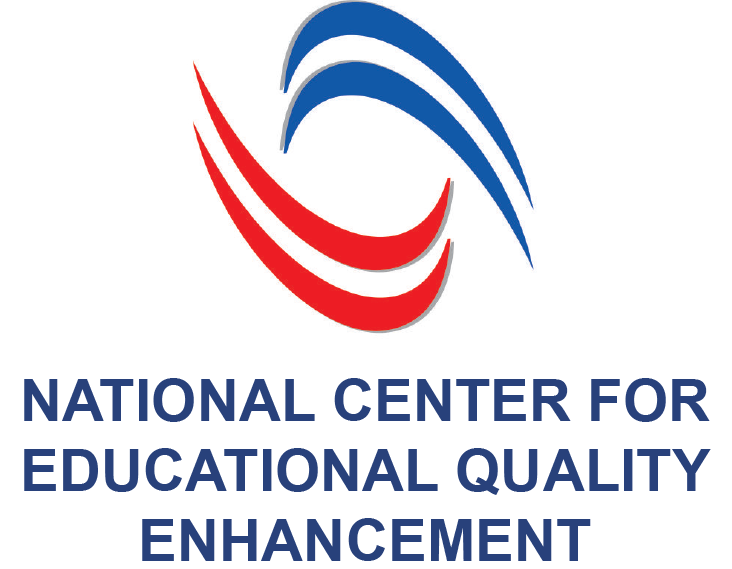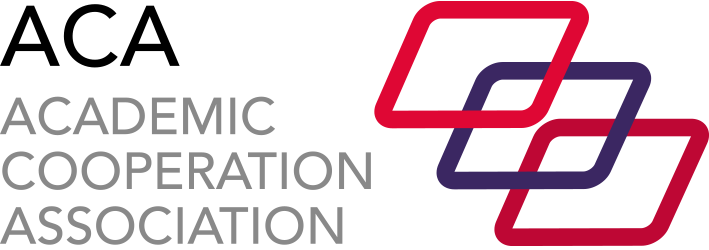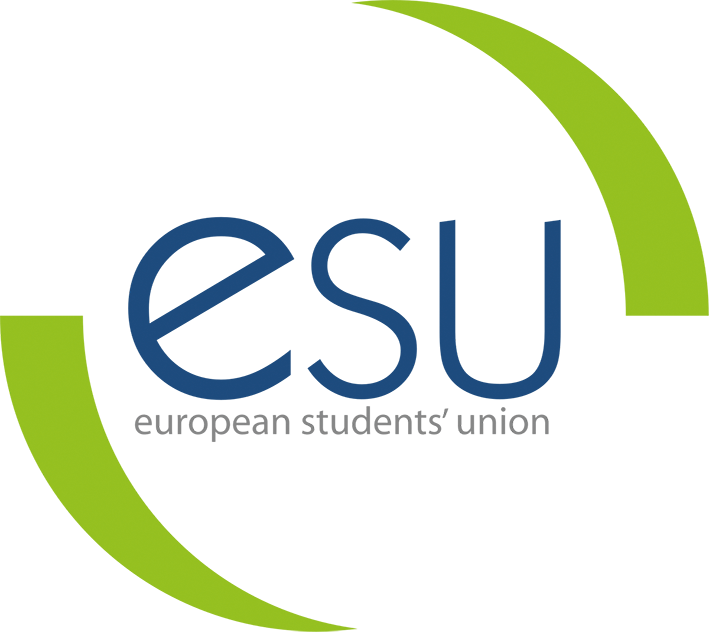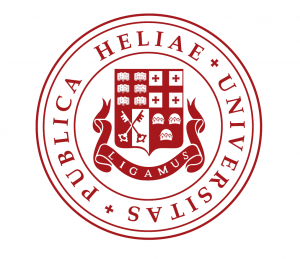TA3 – Assessing the Student's Learning
The purpose of student assessment is to provide feedback on the teaching-learning process and the effectiveness of individual learning in relation to the set and expected learning outcomes, and to use this information to help students make the process more effective. The assessment process includes the approach, methods and tools or techniques used and the format in which assessment results are documented and the feedback is given. The choice of assessment methods and techniques should be adapted to the students’ and teachers’ needs and to the nature of the expected learning outcome. Assessment in general takes into account the educational, institutional context in which learning takes place.
- To plan, design and implement different assessment methods and to use adequate tools for the context and goals of learning and learners’ needs.
- To analyse students’ performance and provide timely and useful feedback that supports the improvement of the learning process.
- To regularly monitor and evaluate the effectiveness and adequacy of the assessment process.
| N/A | 1 point | 2 points | 3 points | 4 points | 5 points | 6 points | 7 points |
|---|---|---|---|---|---|---|---|
| Not Applicable | Strongly Disagree | Disagree | Slightly Disagree | Neither Agree nor Disagree | Slightly Agree | Agree | Strongly Agree |
| N/A | Not Applicable |
|---|---|
| 1 point | Strongly Disagree |
| 2 points | Disagree |
| 3 points | Slightly Disagree |
| 4 points | Neither Agree nor Disagree |
| 5 points | Slightly Agree |
| 6 points | Agree |
| 7 points | Strongly Agree |
Assessee
Hannah Floyd
Part time assistant lecturer
University of Universe
- Australian Teaching and Learning Council. Assessment-2020_propositions_final.pdf.
https://www.uts.edu.au/sites/default/files/Assessment-2020_propositions_final.pdf - Charles Sturt University. Assessment Types and Methods.
https://www.csu.edu.au/division/learning-and-teaching/home/assessment-and-moderation/assessment-resources-and-information/assessment-types-and-methods. - Clarke, Marguerite. Framework for Building an Effective Student Assessment System. o. 32.
https://files.eric.ed.gov/fulltext/ED553178.pdf - Dringó-Horváth Ida – Dombi Judit – Hülber László – Menyhei Zsófia – M. Pintér Tibor – Papp-Danka Adrienn. Educational technology in higher education – Methodological considerations. Chapter 4. Assessment. KRE ICT Research Center, 2021, o. 94-123.
- European Commission. Joint Research Centre. European Framework for the Digital Competence of Educators: DigCompEdu. Publications Office, 2017. DOI.org (CSL JSON), https://data.europa.eu/doi/10.2760/159770
- OECD. „Student Assessment: Putting the Learner at the Centre”. Synergies for Better Learning, by OECD, OECD, 2013, o. 139–269. DOI.org (Crossref), doi:10.1787/9789264190658-7-en.
- OECD - 2013 - Student assessment Putting the learner at the cen.pdf.
https://www.oecd-ilibrary.org/docserver/9789264190658-7-en.pdf?expires=1627390872&id=id&accname=guest&checksum=A6DE9A6465400E4D85F8E4ECC6487323. - Roelofs, Erik, és Piet Sanders. Towards a Framework for Assessing Teacher Competence. o. 17.
https://files.eric.ed.gov/fulltext/EJ776614.pdf
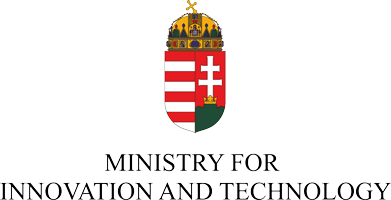
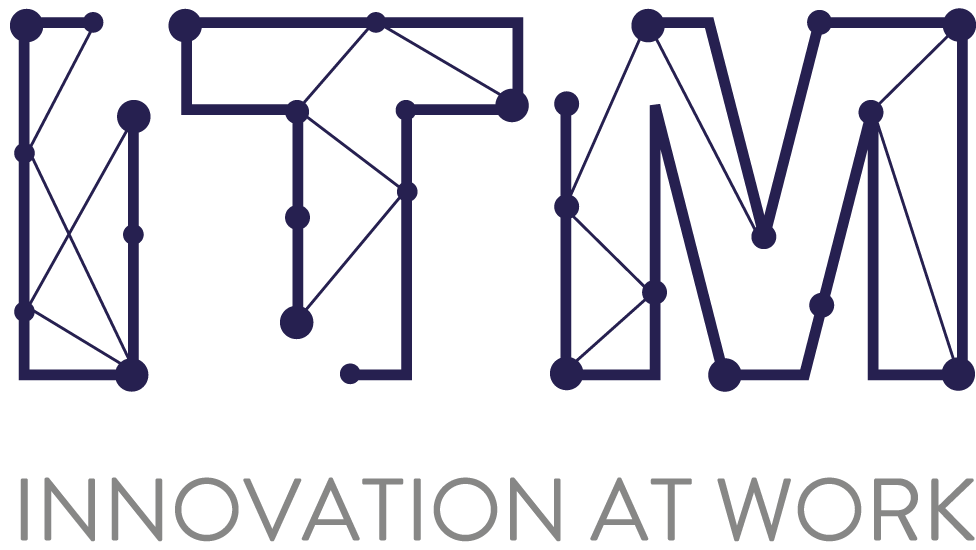


Co-funded by the Erasmus+ Programme of the European Union
Initiatives to support the implementation of
European Higher Education AREA (EHEA) reforms EPLUS2020


